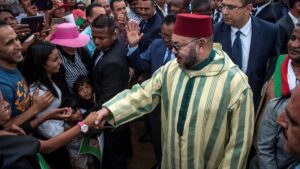Made in Morocco: From Local Identity to a Global Brand of Competitiveness
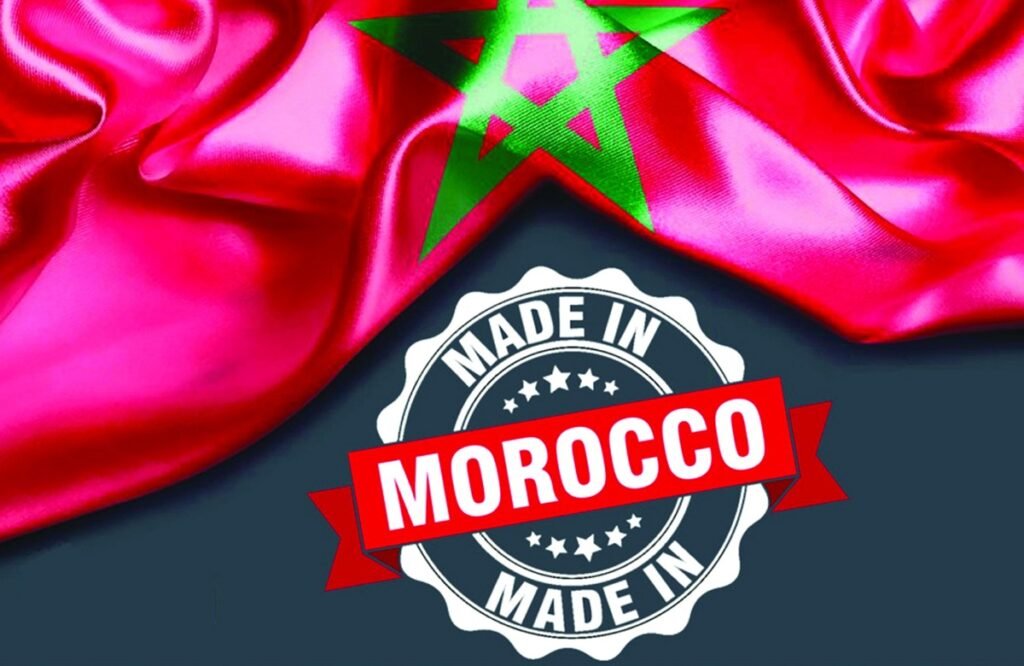
introduction
It is no longer a phrase “Made in Morocco“ It is not merely a label proving a product's source; it has become an economic and strategic symbol that reflects the dynamism of a country that has chosen to rely on industry as a lever for development and on cultural identity as an added value that gives its products uniqueness and global recognition. In light of international economic transformations and fierce competition for markets, Morocco seeks to consolidate its position as an industrial and regional hub capable of attracting investment and imposing its products with their competitiveness and high quality. Hence, studying the label “Made in Morocco“ It is inseparable from a comprehensive reading of the economic, social, cultural and strategic dimensions that intersect in the formation of this industrial identity.
In recent years, the world has faced a series of complex crises, from the global health pandemic to geopolitical and economic tensions that have reshaped the maps of international production and trade. In this context, the “Made in Morocco“ As an economic symbol representing a national response to internal and external challenges, it expresses Morocco's ambition for effective integration into the global economy. This brand, previously limited to agricultural products and traditional industries, has undergone a qualitative transformation to include advanced industrial and technological sectors, reflecting Morocco's ability to leverage its geographical location and economic strategies to achieve sustainable development.
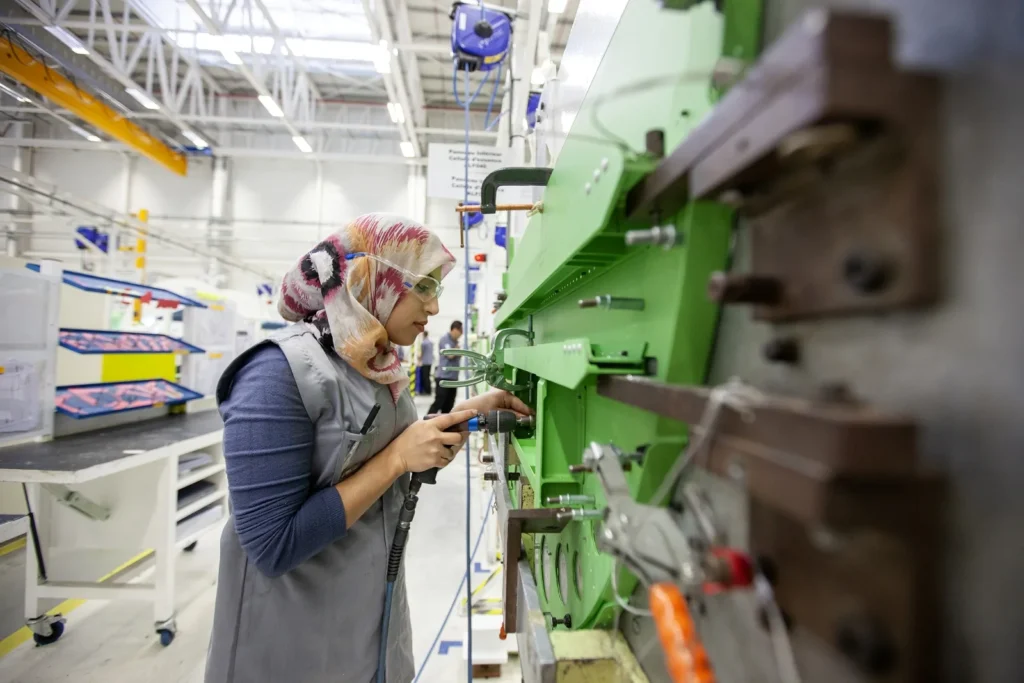
This article examines the transformations witnessed by the "Made in Morocco" label, reviewing its economic, industrial, and strategic dimensions, focusing on the efforts that have enabled the Kingdom to effectively engage in global value chains and the future challenges facing it in enhancing its international competitiveness.
Axis 1: The historical and symbolic roots of the “Made in Morocco” label“
The "Made in Morocco" label has long been associated with traditional and agricultural products, reflecting the depth of Moroccan identity and the diversity of its cultural heritage. For decades, this label has served as a symbolic tool to affirm the authenticity of Moroccan products and to promote the art of traditional crafts, an integral part of the national heritage. This identity has been particularly associated with traditional handicrafts, such as weaving, pottery, leatherwork, and other traditional crafts, in addition to local agricultural products such as olives, dates, and grains.
Despite its symbolic value, the brand's impact on the national economy was limited. Most production was limited to small, family-run units, with heavy reliance on local markets and a relatively limited industrial infrastructure. This reality limited its ability to compete internationally and achieve high export rates, despite its ability to promote Morocco's image abroad as a source of high-quality traditional products.
In addition, the "Made in Morocco" label has played an important social role, contributing to supporting family economies and small businesses and fostering local pride in national products. Handicrafts have served as a means of preserving traditional knowledge from one generation to the next, encouraging the use of local skills and strengthening cultural affiliation and national economic identity.
Over time, as Morocco opened up to more competitive global markets, it became clear that the economic value of this label could be enhanced if combined with innovation, the development of production chains, and quality improvements in line with international standards. Some traditional industries began to transition to more advanced production models, with an emphasis on international marketing and export, particularly in the fields of luxury textiles, leather industries, and aromatic oils. The "Made in Morocco" label became a symbol that not only combines heritage and authenticity, but also reflects the nation's economic ambition and aspirations for global competitiveness.
Axis II: Industrial transformation over the last two decades
Since the beginning of the millennium, Morocco has witnessed a large-scale economic transformation, based on A royal vision for development in the socio-economic field, particularly through the promotion of the “Made in Morocco” label.“.
Especially since royal speeches consistently emphasize the importance of encouraging Morocco's economic development by valuing youth innovation and creativity, promoting Moroccan-made products, and establishing serious and responsible socio-economic policies to ensure the country's prosperity. This is in addition to structural reforms and ambitious industrial strategies. This transformation has been embodied in the construction of advanced infrastructure, including ports, airports, and specialized industrial zones, which contribute to attracting foreign direct investment and enhancing the competitiveness of Moroccan products in global markets.
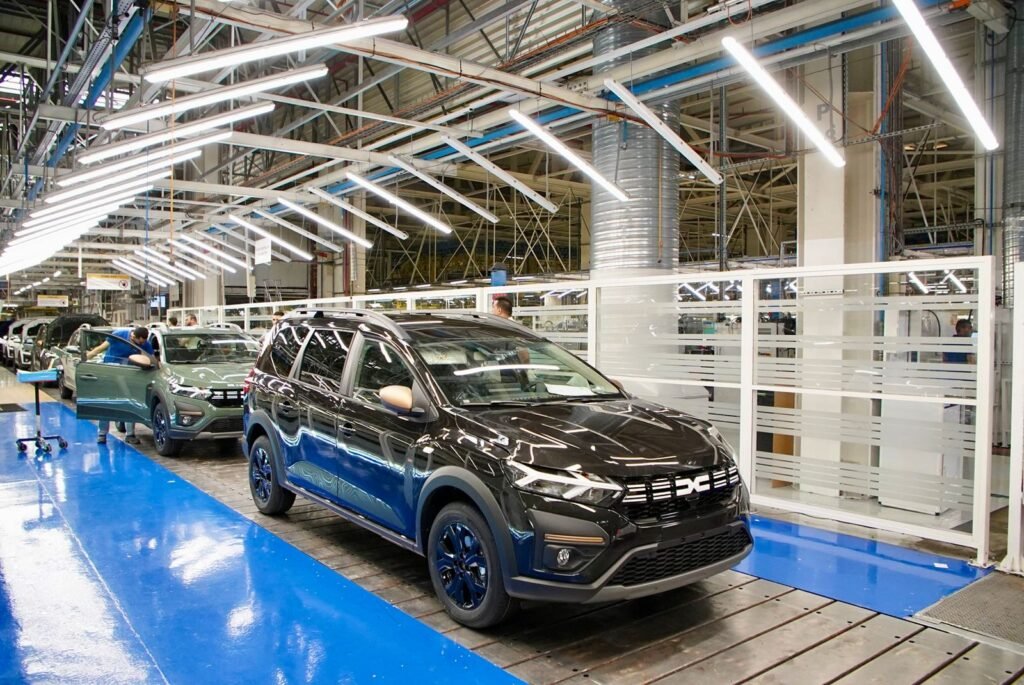
In terms of industries, Morocco has gradually integrated itself into global value chains, particularly in strategic priority sectors such as the automotive, aviation, and renewable energy industries. In the automotive industry, for example, the Kingdom has become a regional center for the manufacturing and assembly of automotive parts, creating new job opportunities, transferring technology, and developing local talent. In the aviation sector, major companies have invested in establishing assembly and maintenance facilities, enhancing technical expertise and raising levels of local integration. In the field of renewable energy, the focus has been on solar and wind energy projects, enabling Morocco to enhance its energy independence and export clean technology.
This industrial transformation would not have been possible without the royal support for the Made in Morocco label and his repeated speeches to that effect. It supports the Kingdom’s position as a competitive platform for car production. For example, when His Majesty King Mohammed VI presided over the presentation ceremony of two Moroccan cars two years ago at the Royal Palace in Rabat, which constituted an additional boom in the car industry in the Kingdom, in addition to the number of . Thoughtful economic strategies based on openness to global markets, support for scientific research and development, and the development of a legislative system that encourages investment and protects investor rights have contributed to creating an attractive environment for professions and productive activities previously restricted to major economies.
Axis Three: The Economic Dimensions of the “Made in Morocco” Label
Over the past two decades, Morocco has witnessed a qualitative leap in the field of manufacturing. Thanks to successive government strategies, such as the "National Charter for Industrial Emergence" and the "Industrial Acceleration Plan," it has been able to transition from an economy relatively dependent on agriculture and tourism to a diversified industrial economy.
- automotive sectorMorocco has become the largest automobile manufacturer in Africa, producing over 700,000 vehicles annually, most of which are destined for export to Europe. Major companies such as Renault and Stellantis have established themselves in Morocco thanks to its competitive labor force and advanced infrastructure.
- AviationDespite being an emerging sector, it has attracted more than 140 companies operating in the field of aircraft components, reflecting Morocco's ability to adapt to high-tech industries.
- Textiles and leatherIt is still an important traditional sector, but it is witnessing a shift towards quality and export to global fashion markets.
- food industriesIt has marked a milestone in African and Arab markets, with Moroccan products such as olive oil and canned fish now competing globally.
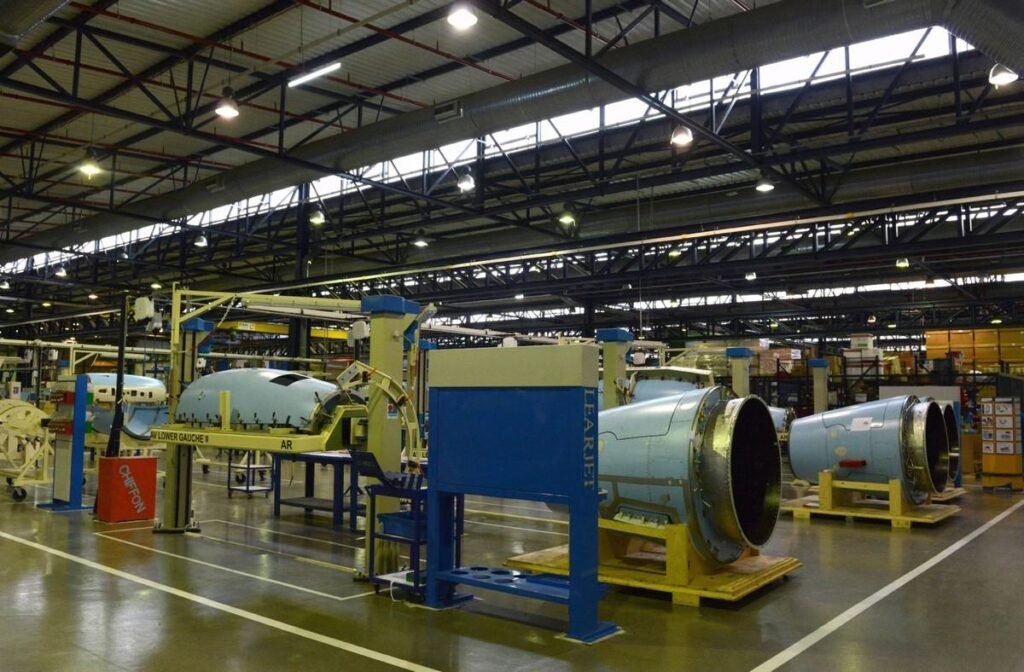
This diversity in the industrial base explains the continuous growth in the volume of Moroccan exports, which have exceeded the 400 billion dirham barrier in recent years, which is an indication that “Made in Morocco“ It is no longer limited to the local market, but has a global dimension. This slogan has become more than just a trademark; it is a strategic tool for enhancing the competitiveness of the national economy. This slogan reflects the Kingdom's efforts to increase the local integration rates of industrial products, exceeding global averages in some sectors. This confirms Morocco's ability to add real value to its products, both locally and internationally.
Economically, this development has contributed to the creation of thousands of job opportunities, stimulated innovation, and developed technical skills, supporting the national economy and boosting its national income. The strategy of expanding advanced industries is directly linked to reducing Morocco's dependence on imports and increasing its ability to export high-quality products to European and African markets.
From a strategic perspective, the brand represents an element of Morocco's economic sovereignty, helping to consolidate its position as an active player in the global economy and strengthening its role as a link between Europe and Africa. It also gives the Kingdom greater ability to steer its industrial and commercial development away from external pressures, while simultaneously enhancing its ability to negotiate within international markets and achieve its economic interests.
Axis Four: Future Challenges and Bets
Despite the successes achieved by the "Made in Morocco" label at the national and international levels, its future faces a set of complex challenges that require integrated strategies. Foremost among these challenges is international competitiveness, particularly in the face of emerging economies such as China, Turkey, and India, which boast low production costs, integrated value chains, and significant potential for investment in innovation and international marketing. This reality requires Morocco to intensify its efforts in developing research and development, technological innovation, and transitioning to high-value-added industries to maintain its long-term competitiveness.
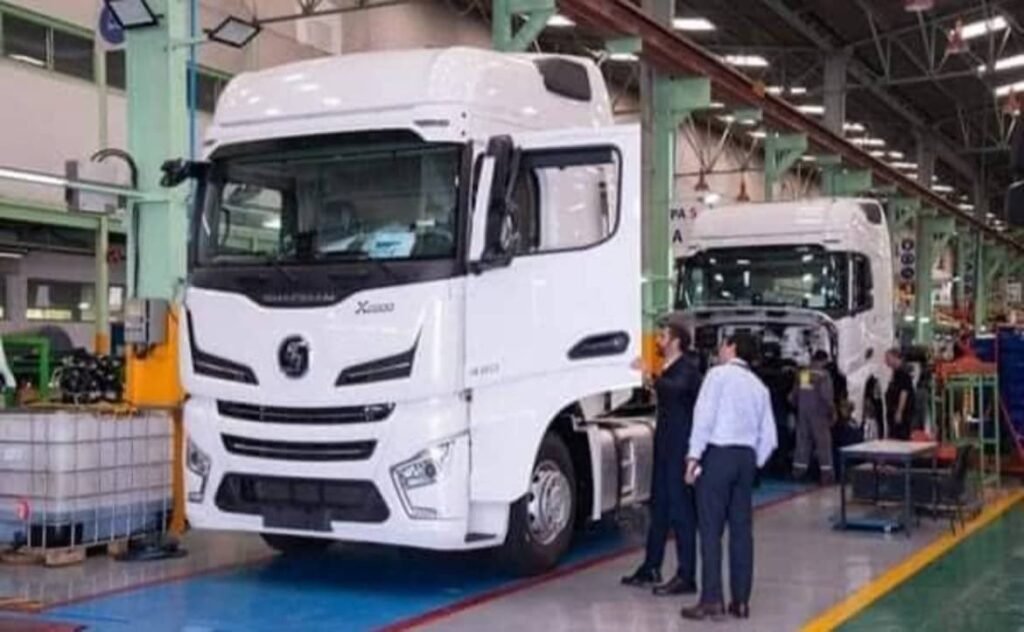
Another challenge is the global shift toward the digital and green economies. Digitization requires modernizing digital infrastructure and adopting advanced solutions for managing production and distribution, while the green economy requires adopting environmentally friendly technologies, improving resource efficiency, and reducing carbon emissions. Integrating environmental sustainability into production strategies has become an urgent necessity to maintain Morocco's competitiveness in global markets that impose stringent environmental standards.
In terms of human resources, developing competencies and training new generations in modern technology and advanced industries is a fundamental pillar for the sustainability of national industries. Advanced skills and continuous innovation are key to maintaining the quality and production capacity of Moroccan products in local and international markets.
On the other hand, improving the legal and investment framework, including incentives for the private sector and facilitating international partnerships, is a key challenge for expanding Morocco's production and export base. This also requires strengthening the Moroccan brand's global capabilities through smart marketing campaigns focused on quality, innovation, and the cultural and economic value of products.
Morocco's ability to successfully address these challenges will be crucial to strengthening its position as a regional and African industrial hub, ensuring that the "Made in Morocco" label remains a symbol of quality, innovation, and independent economic capacity, while laying a solid foundation for sustainable growth and global competitiveness in the future.
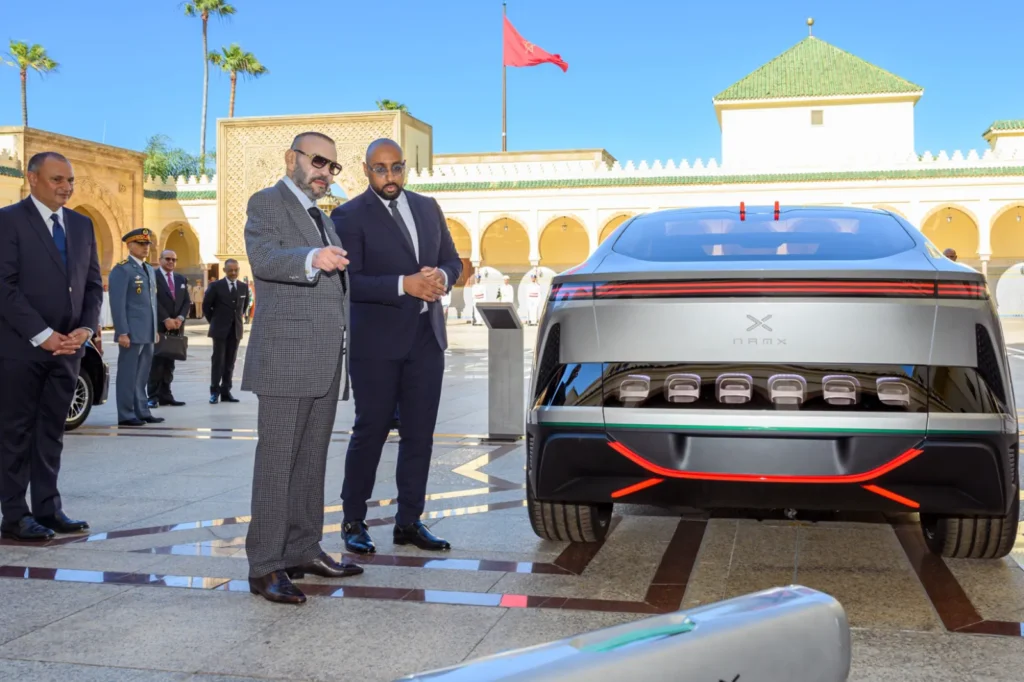
Conclusion
Embodies the mark “Made in Morocco“ Today, it represents a strategic shift from a mere local brand to a true lever for economic growth and industrial development. Thanks to a pragmatic vision and advanced industrial policies, Morocco has been able to expand its production base to include high-value technology sectors and enhance its integration into global value chains.
This transformation is not limited to economic dimensions alone; it extends to strengthening the Kingdom's industrial and strategic sovereignty and represents a tool for effective economic diplomacy at the regional and international levels. With continued investment reforms, infrastructure development, and industrial training, the "Made in Morocco" label appears set to continue consolidating its position as a symbol of innovation and quality, demonstrating Morocco's ability to transform challenges into tangible strategic opportunities in the long term.
